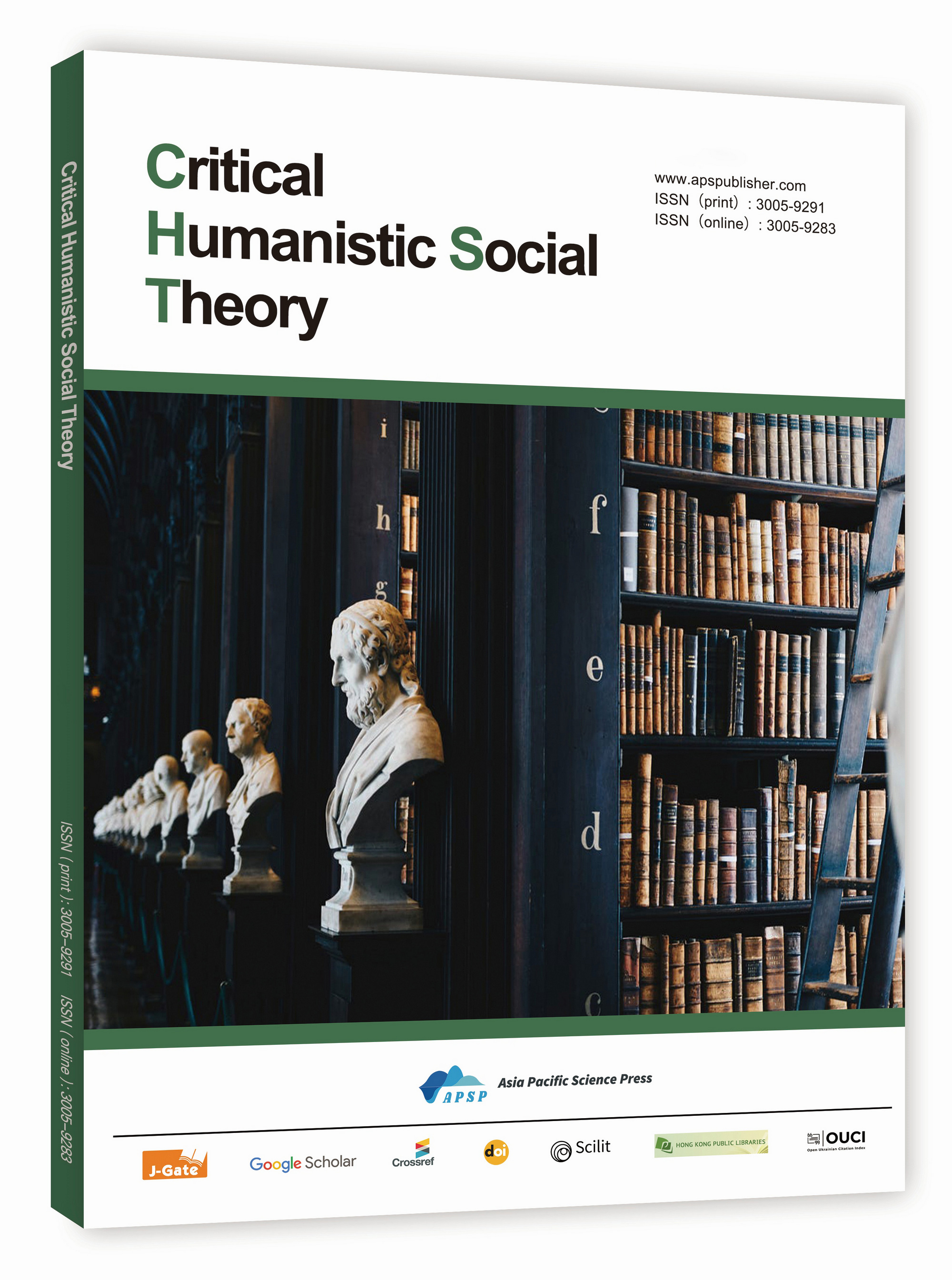Research on the Heritage Strategies of Chinese Furniture Artistry Under the Concept of Sustainable Design
DOI:
https://doi.org/10.62177/chst.v2i2.241Keywords:
Chinese Furniture Artistry, Sustainable Development, Cultural SymbolsAbstract
In the context of globalization and the ecological crisis, the heritage of Chinese furniture artistry faces significant challenges, including the loss of traditional craftsmanship, the distortion of cultural symbols, and an imbalance in sustainable development. This study, framed within the concept of sustainable design, combines perspectives from political ecology and the philosophy of technology to propose a systematic strategy for addressing these issues. By integrating modern technological advancements with traditional craftsmanship, reinterpreting cultural symbols through contemporary design language, and implementing sustainable design practices—such as using eco-friendly materials and optimizing production processes—this research aims to revitalize Chinese furniture artistry. The study not only provides theoretical support for the inheritance of Chinese furniture artistry but also offers practical guidance for its sustainable development, ensuring its long-term survival and relevance in modern society.
Downloads
References
Xue, G., Chen, J., & Lin, Z. (2024). Cultural Sustainable Development Strategies of Chinese Traditional Furniture: Taking Ming-Style Furniture for Example. Sustainability, 16(17), 7443.
Appiah-Kubi, O. P., Jiufang, L., & Zhihui, W. (2021). Historical overview of the Chinese traditional furniture. Asian Journal of Science and Technology, 12(05), 11704-11708.
Ye, J., Zhang, J., Gao, L., Zhou, Y., Liu, Z., & Han, J. (2022). Neo-Chinese style furniture design based on semantic analysis and connection. KSII Transactions on Internet and Information Systems (TIIS), 16(8), 2704-2719. DOI: https://doi.org/10.3837/tiis.2022.08.013
Xue, G., Chen, J., & Lin, Z. (2024). Cultural Sustainable Development Strategies of Chinese Traditional Furniture: Taking Ming-Style Furniture for Example. Sustainability, 16(17), 7443. https://doi.org/10.3390/su16177443 DOI: https://doi.org/10.3390/su16177443
Sun, Y. (2020). Applications of Traditional Mortise-Tenon Joint Structure in Contemporary Furniture (Doctoral dissertation, Xi’an Jiaotong-Liverpool University).
Walker, P. A. (2005). Political ecology: where is the ecology?. Progress in human geography, 29(1), 73-82. DOI: https://doi.org/10.1191/0309132505ph530pr
Wu, D. (2019, April). Research on the application of Chinese traditional cultural elements in modern furniture design. In 3rd International Conference on Culture, Education and Economic Development of Modern Society (ICCESE 2019) (pp. 300-303). Atlantis Press. DOI: https://doi.org/10.2991/iccese-19.2019.69
Zhang, S., Zhu, J., Wang, G., Reng, S., & Yan, H. (2022). Furniture Online Consumer Experience: A Literature Review. BioResources, 17(1). DOI: https://doi.org/10.15376/biores.17.1.1627-1642
Downloads
How to Cite
Issue
Section
License
Copyright (c) 2025 Fan Wu, Congrong Xiao, Wangshuang Zang

This work is licensed under a Creative Commons Attribution-NonCommercial 4.0 International License.
DATE
Accepted: 2025-04-18
Published: 2025-04-24
















